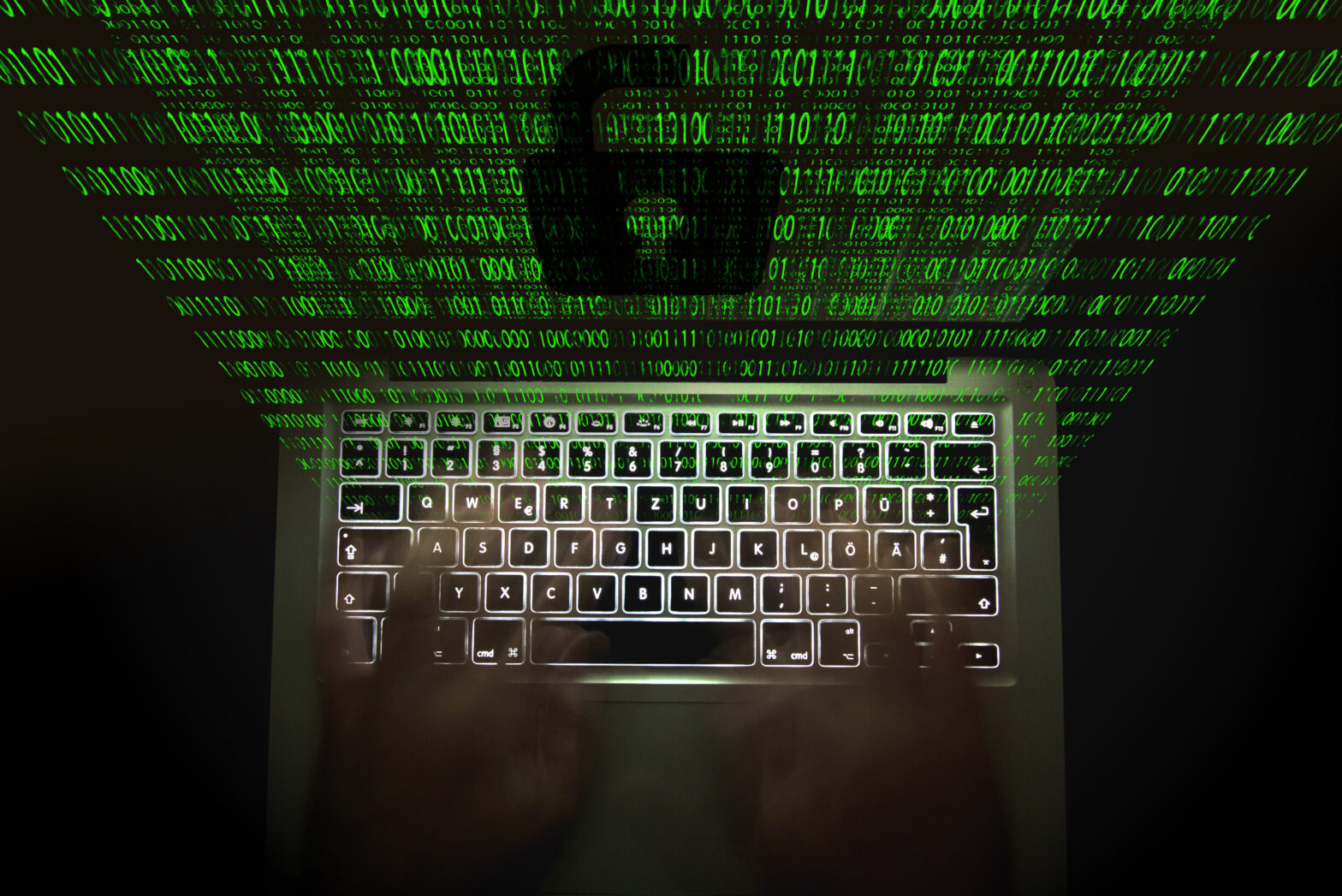The CIA files released by WikiLeaks last night are the most comprehensive release of US spying files ever made public, according to Julian Assange.
In all, there are 8,761 documents that account for “the entire hacking capacity of the CIA”, Assange claimed in a release, and the trove is just the first of a series of “Vault 7” leaks.
As part of the released files, it has been widely suggested that the CIA uses a number of methods to hack popular smartphones like iPhone and Android devices.
>See also: The CIA triad: building a secure network architecture
It was also revealed that the agency could be allowing its hackers – using malware – to take control of internet connected televisions and listen in on conversations in people’s homes.
Slawek Ligier, VP security engineering at Barracuda offers readers advice to minimise their chances of being spied on.
- Do not root or jailbreak your phone
- Update your devices to the latest version of firmware, especially if the update lists security fixes
- Only download Apps from legitimate stores – iTunes or Google Play
- Be careful when opening attachments or clicking on links in email messages. Make sure that your organisation has solid email security solutions in place, including advanced threat protection capabilities. More than 90% of attacks start with the email.
- Do not browse web sites you are not familiar with and assure that they are secured with the valid certificate – look for the padlock icon / green bar in the browser. If in doubt, get out. Our Spidey sense is usually pretty good at detecting things that are too good to be true.
Already, the files include far more pages than the Snowden files that exposed the vast hacking power of the NSA and other agencies.
Commenting on this, Mike Ahmadi, global director – critical systems security at Synopsys, said “Unfortunately, US Government computer systems, policies and procedures are largely outdated in today’s hostile world of connected technologies. The moment anything with either external connectivity or mobility (e.g. a USB memory stick) gets near such systems, the game is over.”
“The software running on legacy government computer systems is so fraught with vulnerabilities that any level of access creates the potential for a security breach. The government needs to take a closer look at their exposure if they hope to defend against what is becoming an embarrassing regular occurrence.”
Are other encrypted services vulnerable?
The seemingly endless exposure of supposedly classified documents should be a big worry for governments and organisations looking to protect and secure their data and sensitive information. If the CIA is vulnerable, so surely are other encrypted services?
ProtonMail is the world’s largest encrypted email provider protecting millions of users globally, questions. Since this cache of CIA classified documents was dumped, questions have have been raised about whether any of these disclosures constitute a “breach” of ProtonMail’s encryption. Questions have also been raised regarding the encryption of other popular secure communication tools such as Signal and WhatsApp.
>See also: Organisations need a flexible approach to data protection regulation
After an in-depth analysis, ProtonMail can confirm that none of the Vault7 disclosures indicate any compromise of the core cryptography that underpins its and other popular encrypted services. However, it does indicate that a profound shift has occurred in state-backed cyber warfare strategies since the Snowden disclosures in 2013.
Ilia Kolochenko, from web security firm, High-Tech Bridge has taken a different view from most, and suggests the reaction has been somewhat over exaggerated.
“I am bit surprised that this particular incident has attracted so much attention. The CIA, like any other governmental intelligence agency, uses and will continue using various hacking tools and techniques to obtain any information they need to protect the country. This is their duty. So far, we don’t have any evidence that these capacities were used unlawfully, for example to violate reasonable expectation of privacy of innocent US citizens or for illicit interference with elections.”
“It’s also at least incorrect to speak about the CIA’s inability to defend itself, as the source of the leak remains unknown. This can be an insider incident, against which – no large companies or governmental agencies are protected in any country.”
In a closing thought, Lee Munson, security researcher at Comapritech.com has said that “Wikileaks’ disclosure of what it claims are wide-ranging CIA hacking tools is hardly likely to surprise anyone in the post-Snowden world we now live in. Whether the alleged cyber weapons exist or not is largely immaterial at a time when I assume most people believe they do.”
>See also: What impact will the Investigatory Powers Act have on my privacy?
“What the Vault 7 leaks should do, however, is confirm that, while taking a nothing to hide, nothing to fear approach is hopelessly out of date, most citizens should not be any more concerned about surveillance today than they were yesterday.”
Ultimately, this exposure from WikiLeaks has exposed, potentially, the full hacking capacity of the CIA, in what has been described as the largest ever CIA leak. This, arguably, is detrimental to all governments’ national security by exposing gaping vulnerabilities. However, it also serves as a stark reminder that outdated security systems and policies need to be updated in the modern cyber environment, which is a positive.







